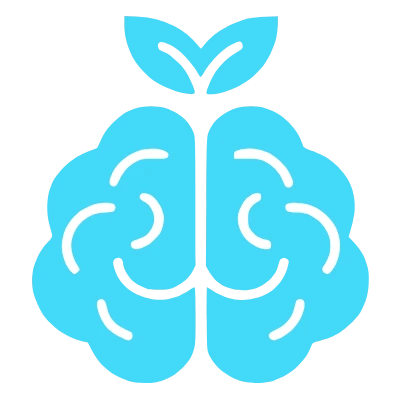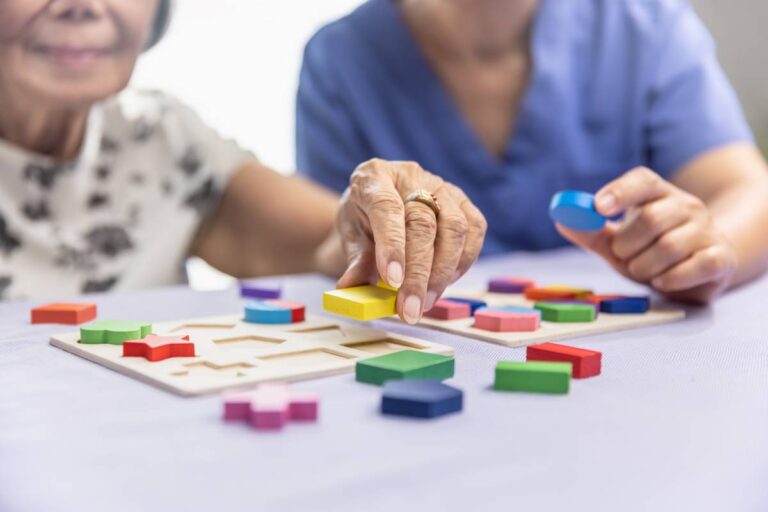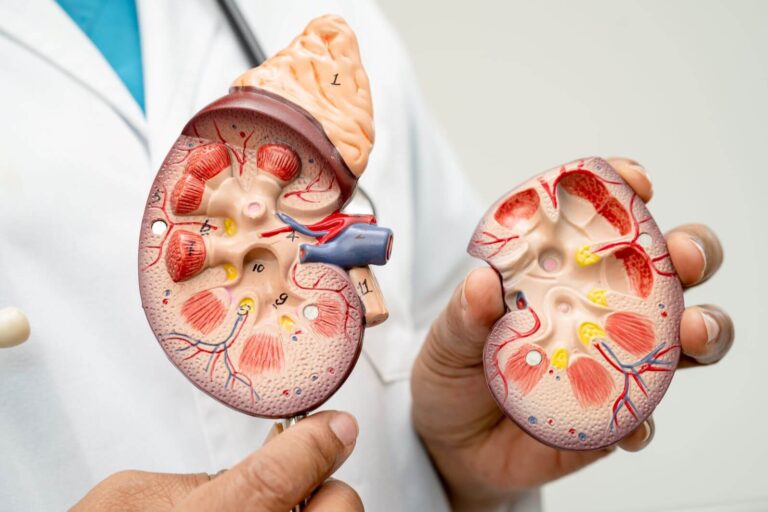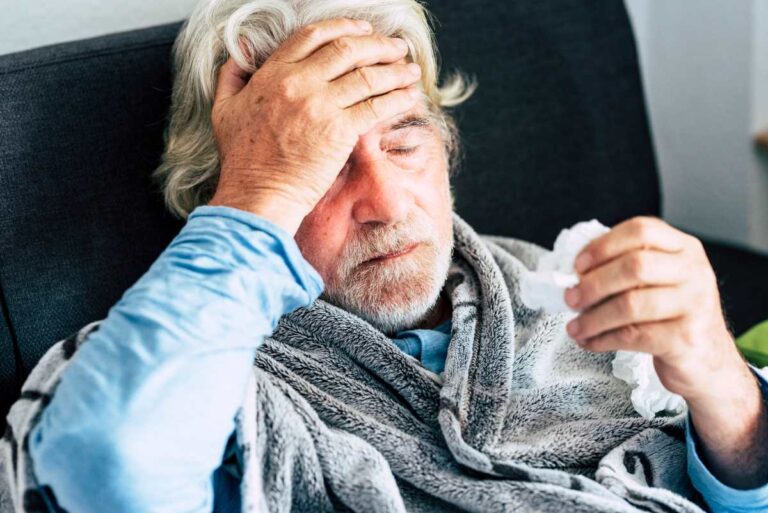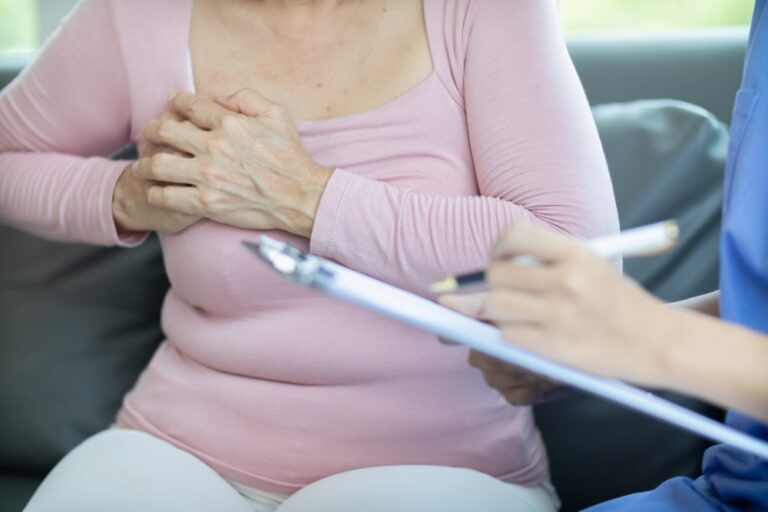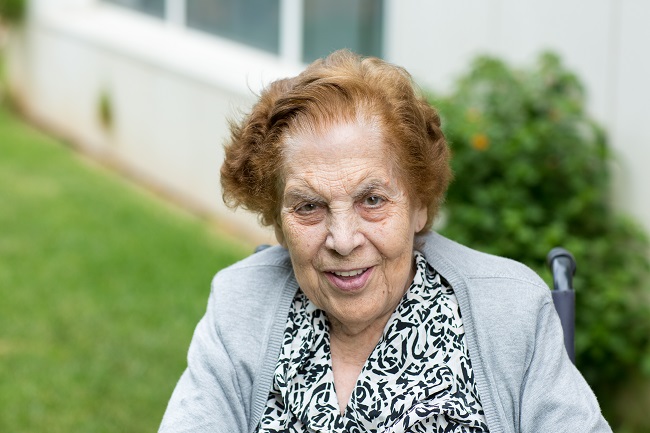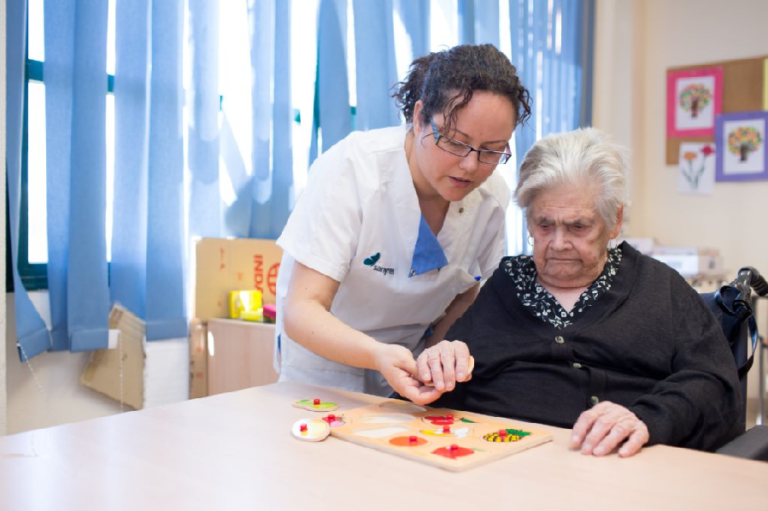Health is an aspect that we must take care of throughout all stages of life, but in older people this care must be even more thorough. One of the conditions that occurs at this stage and requires attention is hypotension or low blood pressure in older people.
Knowing what it is, its causes, symptoms and how to act on it is essential to guarantee the quality of life in our loved ones. So, if you’re wondering “what is hypotension?” or “what to do about low blood pressure in older people?”, you have come to the right place.
What is hypotension or low blood pressure in older people?
Hypotension refers to the condition in which blood pressure is lower than normal. In simple terms, it is when the blood does not have enough pressure to reach all parts of the body effectively. This condition is quite common among the elderly.
Causes of low blood pressure in older people
There are several causes of low blood pressure in older people. Among the most common we find:
- Age-related changes: Over time, arteries can become stiffer and narrower, which can make it harder for blood to flow properly, lowering blood pressure.
- Medicines: Some medications common among older people can cause a drop in blood pressure as a side effect. For example, heart medications, diuretics, and those used to treat hypertension (high blood pressure) can lead to a decrease in pressure.
- Dehydration: As we age, we may not feel as thirsty as before, which can lead to a decrease in fluid consumption. Dehydration can cause a reduction in blood volume and, therefore, a drop in blood pressure.
- Underlying diseases: Some health conditions that affect older people, such as diabetes, heart problems, hormonal disorders and neurological problems can lead to a decrease in blood pressure.
- Postural changes: As we age, the nervous system may respond more slowly to changes in position, which can cause blood pressure to drop when a person stands up quickly, causing what is known as orthostatic hypotension.
- Physical inactivity: Lack of physical activity can affect the tone of blood vessels and the heart’s ability to pump blood efficiently, which can result in lower blood pressure.
- Nutritional problems: A diet low in sodium can lower blood pressure, especially if it is not being adequately replaced with other electrolytes.
If an older person experiences symptoms such as dizziness, weakness, fatigue, or frequent fainting, it is important to see a doctor for proper evaluation and diagnosis.
The doctor will be able to determine the underlying cause and suggest the most appropriate treatment to help maintain healthy blood pressure.
Symptoms of low blood pressure in older people
Symptoms of low blood pressure in older people are varied, but often include the following:
- Dizziness and vertigo: Older people with low blood pressure may feel unstable or dizzy, which can increase the risk of falls.
- Fatigue and weakness: Hypotension can cause a general feeling of tiredness and weakness, affecting your energy and ability to perform daily activities.
- Fainting or fainting: Some people may experience fainting episodes due to a temporary decrease in blood flow to the brain.
- Blurry vision: Low blood pressure can affect circulation in the eyes, which can lead to blurred vision or feelings of visual dimming.
- Confusion or cognitive difficulties: In more severe cases, low blood pressure levels can affect the blood supply to the brain, resulting in confusion or thinking difficulties.
- Excessive sweating and cold skin: Older people with low blood pressure may experience excessive sweating and the skin may feel cold and clammy to the touch.
- Nausea and vomiting: Some people may experience an upset stomach, nausea, or even vomiting due to low blood pressure.
What to do when faced with low blood pressure in older people?
When asked what to do in these cases, the answer is to seek medical help. It is important to act quickly on symptoms of hypotension in older people, as it may be indicative of underlying health problems.
In addition, at home, you can help prevent episodes of low blood pressure with adequate hydration, a balanced diet, and avoiding sudden changes in position.
Dangers of low blood pressure in older people
The dangers of low blood pressure in older people should not be underestimated. In cases of very low blood pressure in older people, there may be insufficient blood supply to the brain and other vital organs, which can lead to permanent damage. Additionally, dizziness and fainting increase the risk of falls and injuries, which can be especially serious at this stage of life.
What are the normal tension levels?
Normal blood pressure levels are usually 120/80 mmHg, although there may be variations depending on each individual. Hypotension is considered when blood pressure is 90/60 mmHg or less. However, these values may vary, so it is advisable to consult your doctor to find out the optimal tension levels for each case.
As you see, hypotension or low blood pressure in older people is an issue that requires attention and care. Let us remember that love and care are very powerful medicines, and together with proper medical care, they can help our loved ones have a full and healthy life in their old age.
